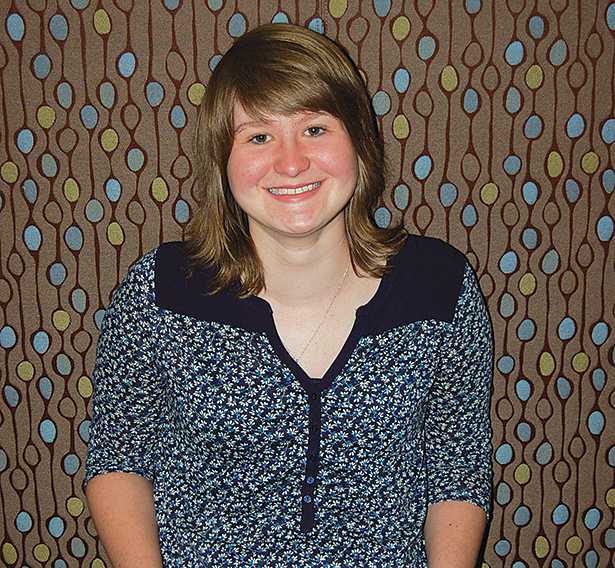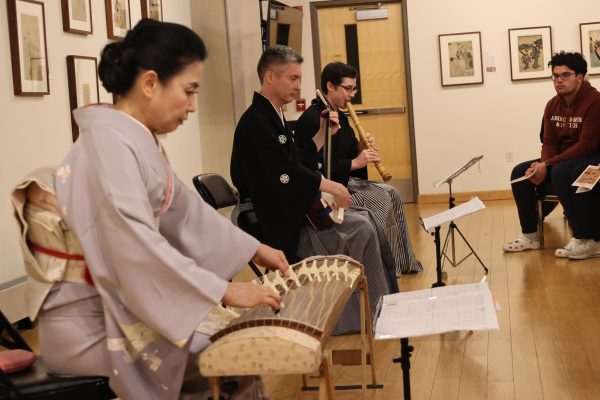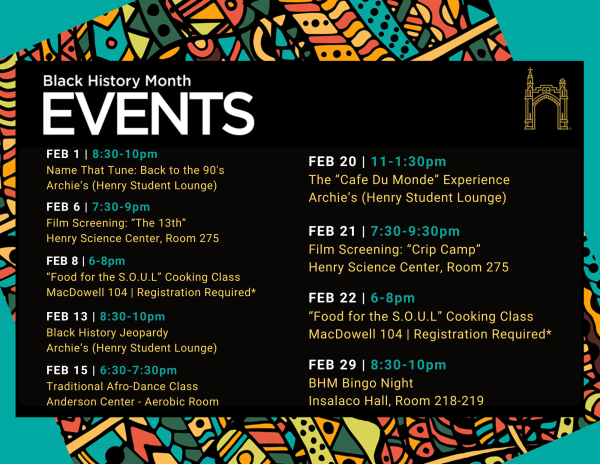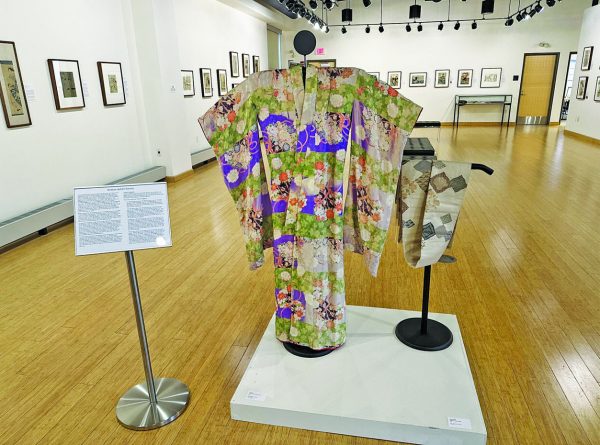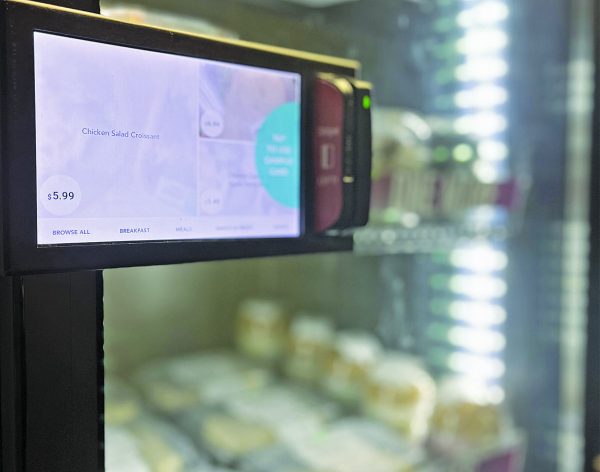Inside Scope on Medical Truths: Breast Cancer Awareness Month
October 13, 2015
The past few issues, I’ve written about medical anomalies, miracles and unknown facts in the medical field. The truth is we just don’t really know everything there is to know about the human body. But throwing money into research on the unknown sometimes leads to great discoveries, discoveries that go on to save millions of people’s lives. With October being Breast Cancer awareness month, it’s time to tell you some facts that we do know. Facts that lots of money and time dedicated to research have given us. Facts that help save lives every day.
Millions of dollars are spent on breast cancer research every year, and we now know many more things about breast cancer. It is classified as one of the most treatable cancers if caught early. According to breastcancer.org, breast cancer is the leading cause of cancer deaths in women ages 15-54 with about 231,840 cases expected to be diagnosed just this year. About one in eight women will develop breast cancer in their lifetimes, although the mortality rate has declined significantly since 1989. Only 40,290 fatalities are expected to occur out of those 231,840 cases this year, giving patients an 83% success rate. This has to do with numerous new treatments, early detectionprocedures and general information about the disease and how it progresses and mutates.
Many people believe family history is an indicator of who will develop breast cancer, but according to breastcancer.org, the truth is less than 15% of patients detected with breast cancer have known family members who also had the disease. The two most common risk factors for breast cancer are being a woman and age. The older a woman is, the more likely she is to develop breast cancer. However, younger women need to be aware and cautious because they are not immune to the disease.
Guys, this goes for you, too. Men get breast cancer. About 1000 men a year are diagnosed with breast cancer. As with women, an early detection is key, giving men a 97% survival rate when caught in the early stages. The disease is most common in men over age 60 and without early detection has a 30% mortality rate.
There are many ways that research has made early detection possible. Annual mammograms are one way, along with self-exams and regular doctor visits. As people age, they begin to go to the doctor more, not because they are sick necessarily but because they want to make sure things are okay. College students, with the exception of those who play sports or those who are required to go for a yearly physical because of major requirements, rarely make it to the doctor because what could possibly be wrong? We are young, healthy adults, and we would know if something was wrong. But this isn’t always true.
A mammogram can detect a breast tumor years before you can feel it yourself. Many people think mammograms are scary or that they hurt, but the truth is they are quick and easy procedures that could save your life. I think it’s more the end product that scares them – the fact that they could walk in there feeling perfectly fine, and then walk out knowing that their lives are changed forever. But wouldn’t you rather know right away while it’s easily treatable and curable, than down the line when there is nothing more doctors can do?
With these statistics, it is safe to say that we all know someone who has breast cancer or has a family member or friend with it. This October, think about how many lives you can save by either donating money or time to research, sharing information about early detection, or even just wearing the color pink to show your support. Tell your mom, aunts, and grandmas to go get their annual mammogram. Participate in a local event that supports breast cancer awareness. Every act helps, no matter how big or small. Even if your help in spreading awareness saves one life, isn’t it worth it?

